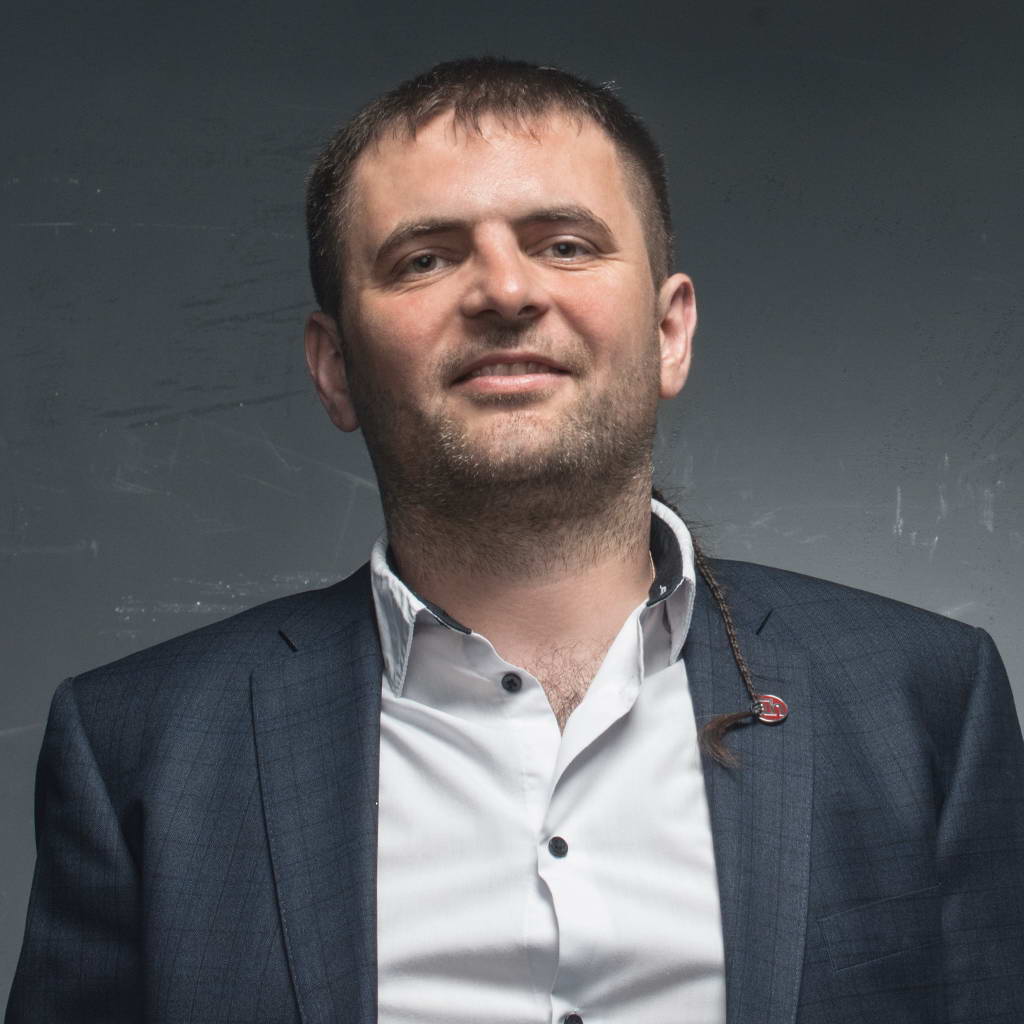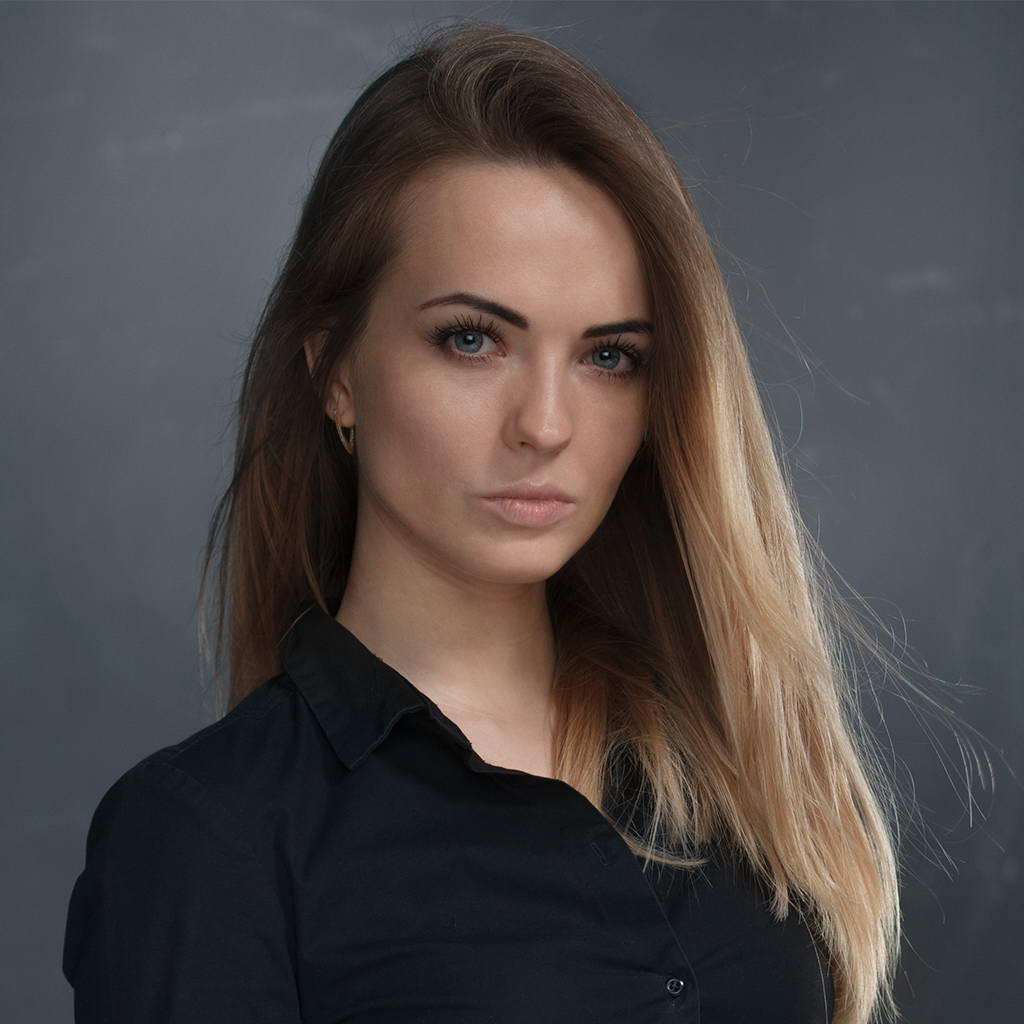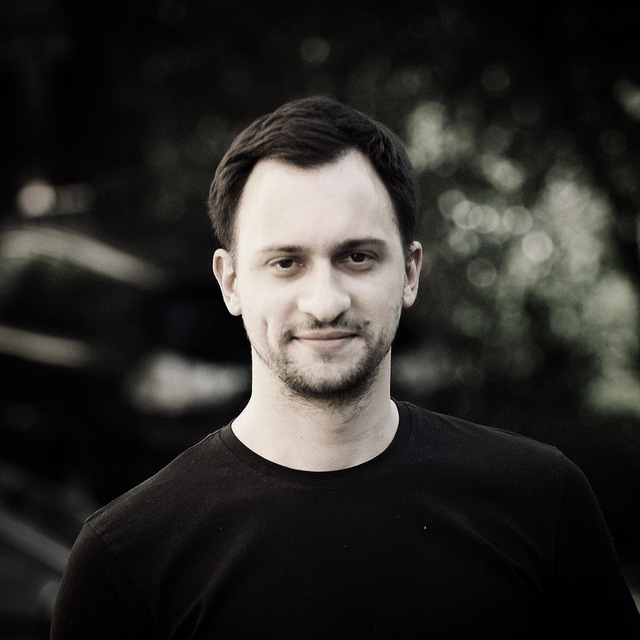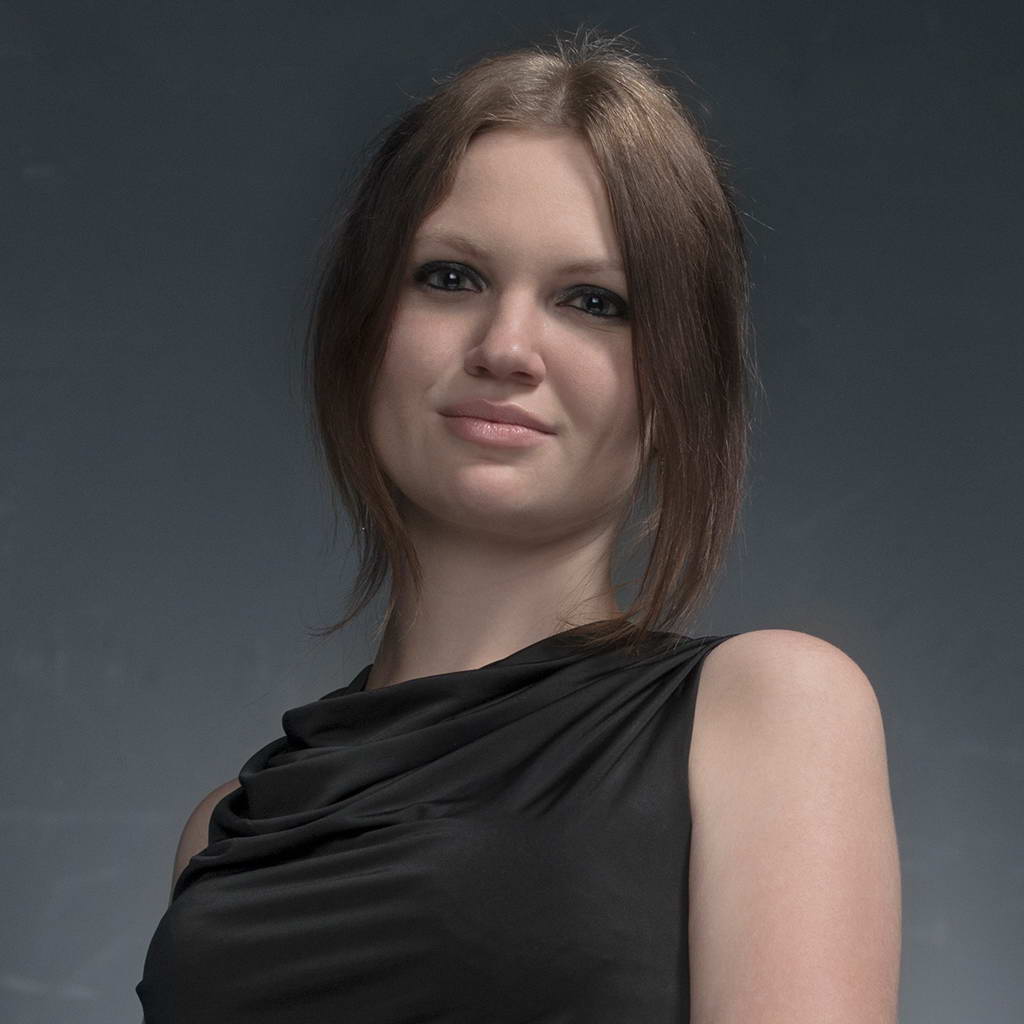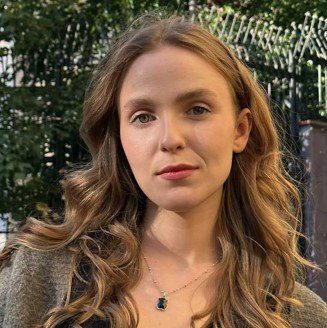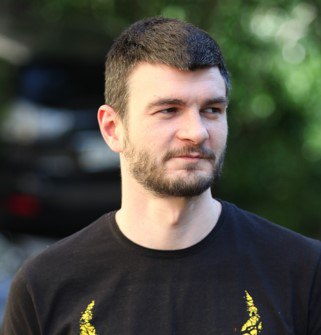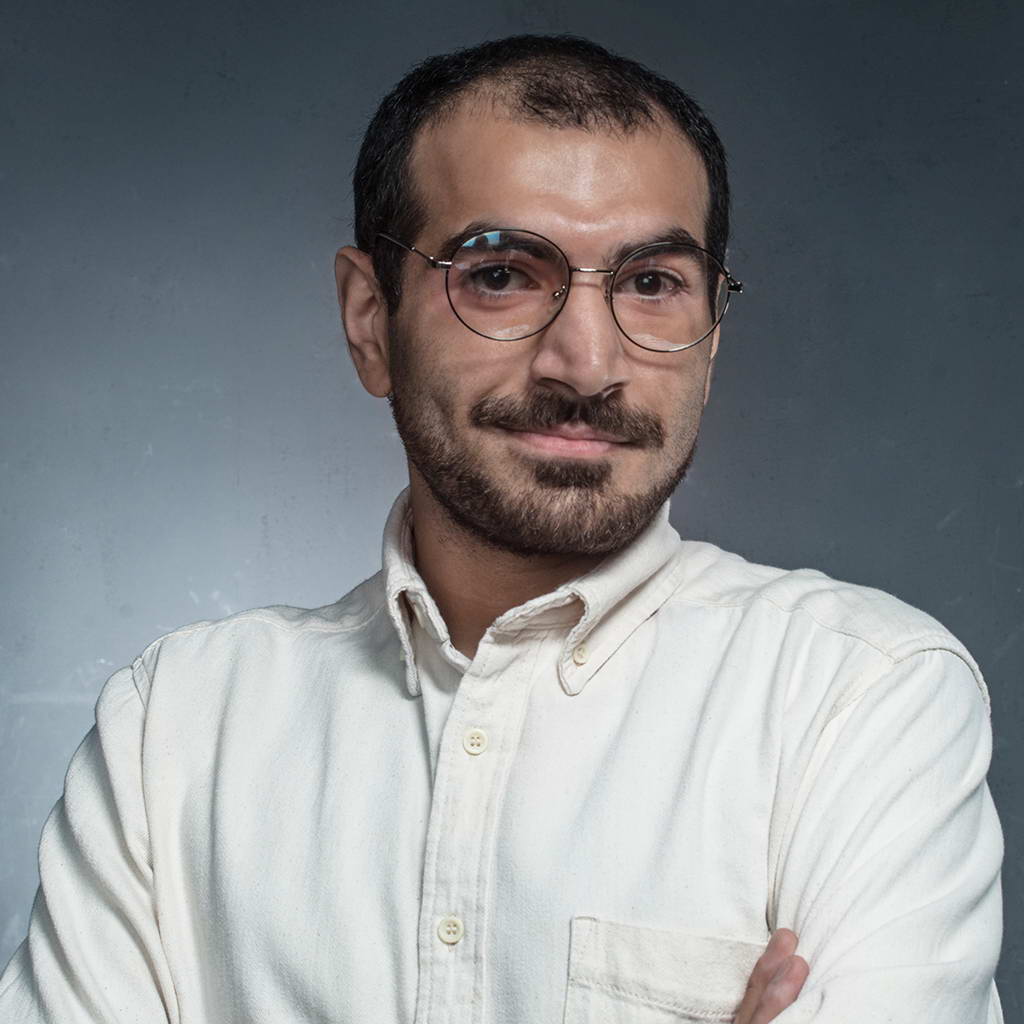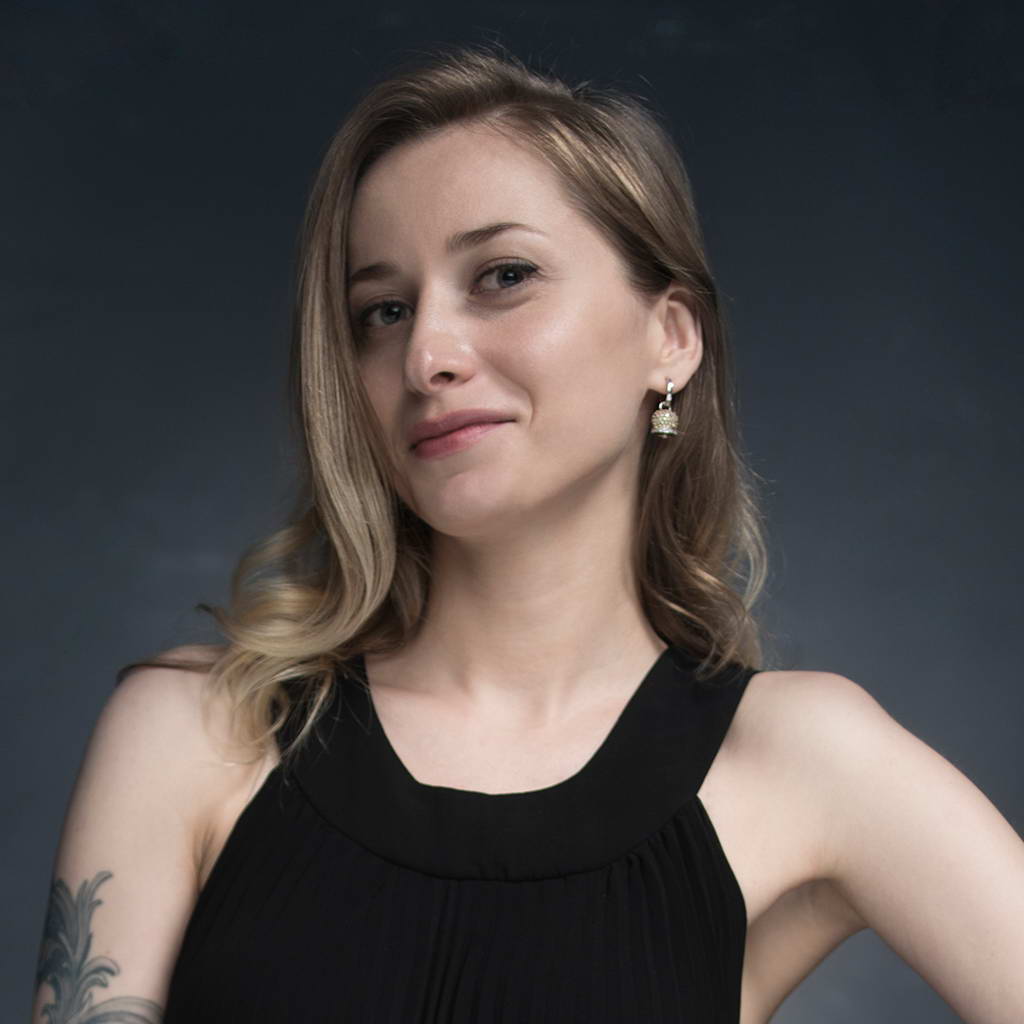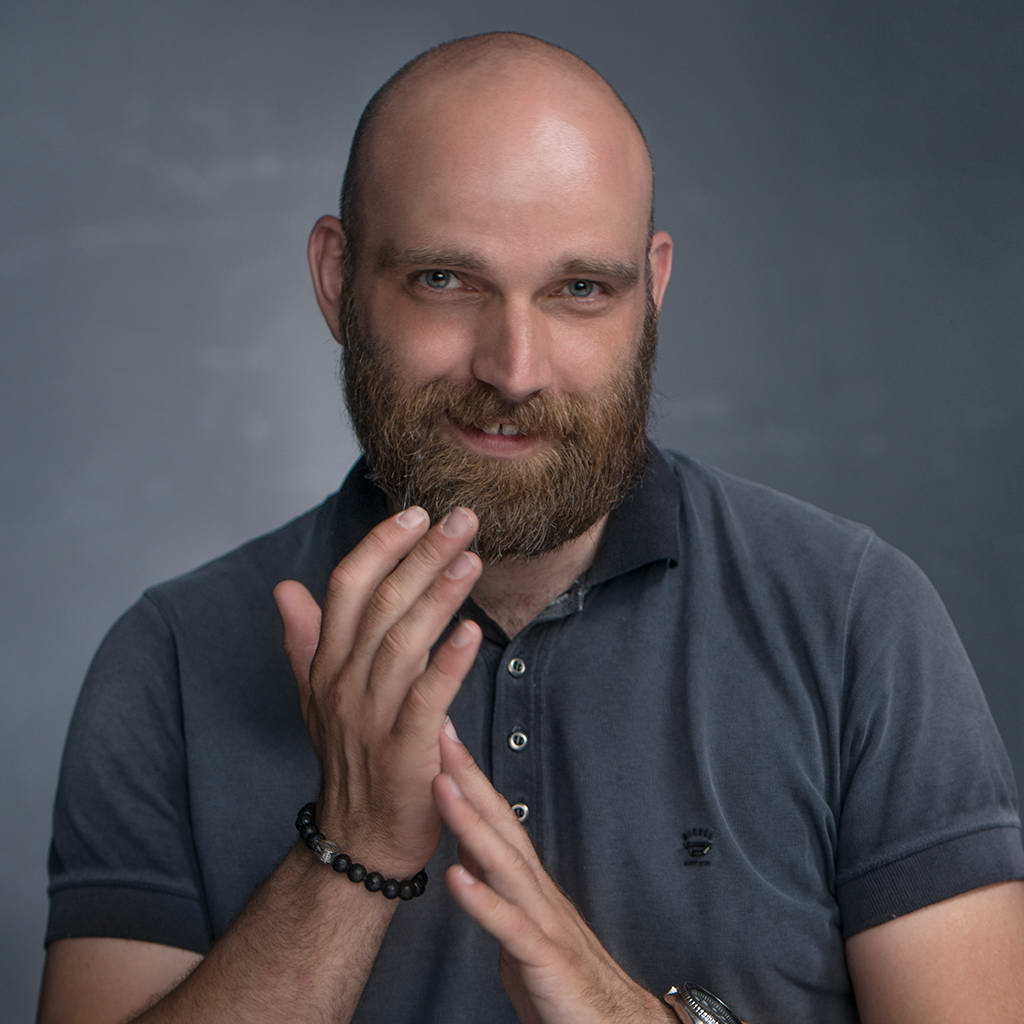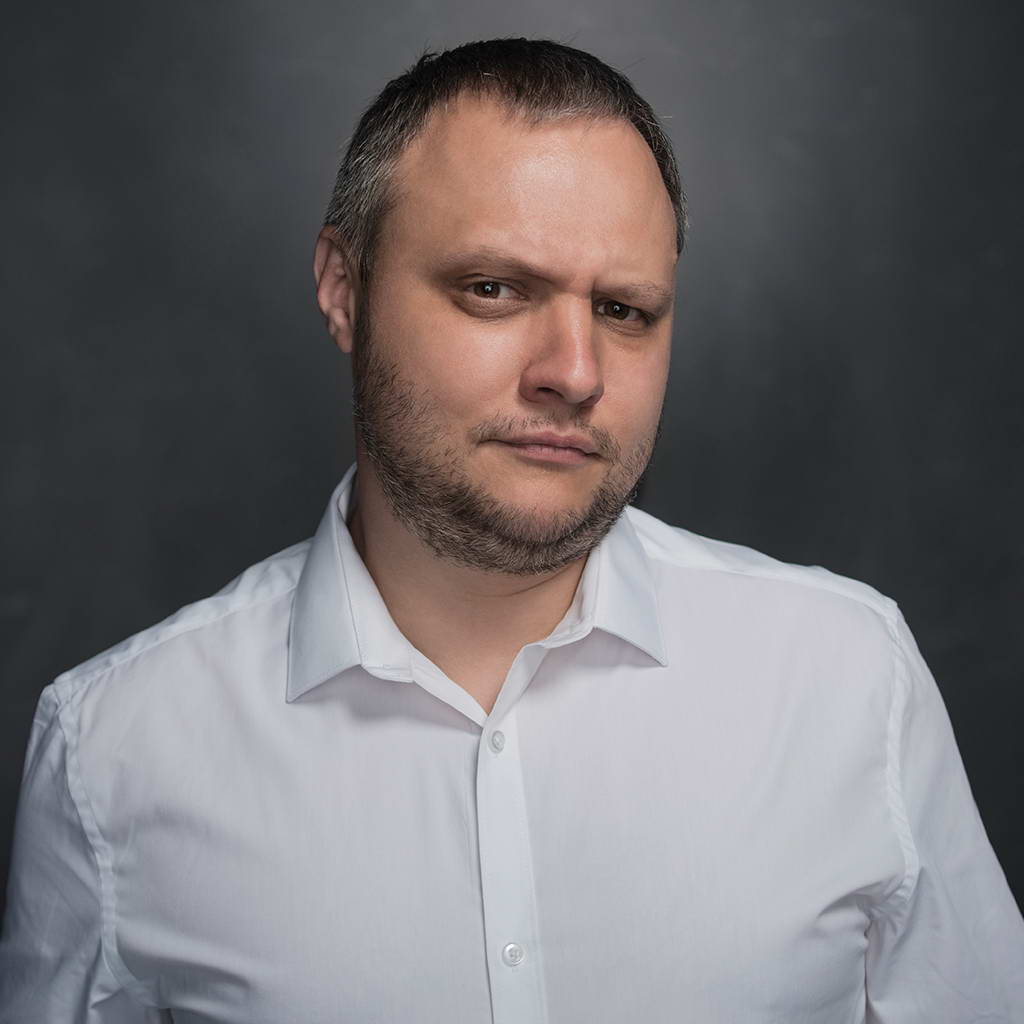An intelligent approach to creativity: absolute freedom within a narrow range
Academic approach to fantasy management
We understand creativity as creative problem solving, often opposing it to mathematical, computational solutions. At the same time, an important nuance lies behind the seeming simplicity: it is necessary to separate pure creativity without any boundaries and fantasize within the framework of the methodology. Since the nature of creativity is not fully understood, and ingenious solutions sometimes arise by themselves, the catch is how often this "sometimes" happens. For business, as a rule, such an "accident" is too expensive. A methodical approach to creativity allows you to increase the frequency of successful results.
It is customary to keep silent about the systemic and completely academic approach to fantasy management. In particular, there are at least half a dozen effective methodologies that allow creativity to be put on a systemic predictive track. This is a wide range of different techniques: from the method of free associations by André Breton and the spontaneous method of conscious irrationality by Salvador Dali to the theory of inventive problem solving by Heinrich Altshuller and “Six Thinking Hats” by Edward de Bono. All these and other methods are incomparable, but in each of them, there are elements from which I have assembled an invisible "fabric" that allows spontaneous manifestation in creativity. This synthesis of techniques helps me guide the team during creative sessions. It is the professional handling of such methods, their choice, and composition for solving specific problems, which we call the "intellectual approach to creativity."
How to create and retain creative
The creative solutions we arrive at are not always based on the task at hand. Let me give you an example. There is a gas station with a supermarket. The client's request is to show that there is also a store at the gas station. There is no insight into the very formulation of the problem. But when you start fantasizing about this topic and thinking about what can be squeezed out of it, sometimes you come to unexpected conclusions. The application of several creative methods, ranging from spontaneous associations and ending with laying in a seven-story Disney house, leads to complex problems. It turns out that the problem is not in the supermarket itself or the coffee sold there.
The truth is that, in principle, it is scary to call in at this gas station: it has an inconvenient location and a dubious contingent — the impression is not very pleasant. Consequently, there is no point in talking about a supermarket. The problem is different — it is necessary to change the general attitude towards the product. Thus, the idea does not grow out of a task but is based on objective factors that still need to be arrived at during a creative session.
It is necessary to try to get out of the box and create non-standard solutions using various techniques. But the flight of fantasy by itself may not lead to anything. The process of creating ideas requires obligatory facilitation within the framework of a certain methodologyю. Without this, creativity turns into spontaneous creativity, and there is a risk of straying too far from the initial request. The task of the facilitator is to direct the creative in the right direction and at the same time control it so that it matches the set goal.
In our agency, we even have the term "keep the frame." This is one of the simplest methodological principles of keeping a creative session with a formulated stream of solutions. Each project has a person who "holds the frame." He says: “Stop, I have a list of what we wanted. I checked what you did. This is not it." It happens that in some idea, you start to redo one, another, and the third, and in the end, it turns out that everything has changed, and it no longer solves the problem. And all because, playing with the transformation, you miss the frame.
Thus, an intelligent approach to creativity means absolute freedom within a narrow range. This is what we have come to through a painstaking evolutionary path, constantly learning new methods and improving them in practice.
Photo Unsplash




